Understanding Chronic Training Load (CTL) and Its Misconceptions
Yesterday, I had an engaging discussion about Chronic Training Load (CTL), a topic that often makes me nervous. In uncoached athletes, CTL can sometimes turn into a competition of who can crank up the numbers higher. However, CTL is far from just a numbers game.
What is Chronic Training Load (CTL)?
Chronic Training Load (CTL) measures an athlete's average training intensity and volume over an extended period, typically 42 days. This metric is crucial for balancing workload and recovery, ensuring athletes do not overtrain or undertrain.
The Misleading Label of "Fitness"
TrainingPeaks has labeled CTL as "fitness," a designation many coaches, including myself, have contested. This label can mislead athletes into believing that a higher CTL equates to better fitness, which is not necessarily true.
Individual Variations in CTL
When it comes to CTL, athletes vary widely. For example, I'm currently managing an athlete whose CTL was 130, aiming for a double peak this fall. This athlete thrives under high training loads due to the demands of their events. Conversely, another athlete I coach performs best in races, tests, and personal records with a CTL in the 70s. This variation highlights the individualistic nature of CTL and how it should be tailored to each athlete’s needs.
Using CTL to Progress Athletes
I primarily use CTL to understand how to progressively ramp up an athlete’s training to peak fitness. One useful tip is to review your top 10 best Functional Threshold Power (FTP) tests and note your CTL during those times.
Key Takeaway: Balancing Work and Recovery—MORE IS NOT ALWAYS MORE
Remember, a higher CTL signifies more work, which in turn necessitates more recovery. Athletes chasing a high CTL can risk overtraining, which may lead to a decline in fitness and overall strength.
By understanding CTL and its proper application, athletes can better manage their training loads and achieve peak performance without falling into the trap of overtraining.



